IPPCAAS Reveals the Regulatory Role of Carbon Dioxide in Cotton Bollworm Oviposition
Recently, the Innovation and Utilization of Bio-pesticides Innovation Team of the Institute of Plant Protection, Chinese Academy of Agricultural Sciences (IPPCAAS), together with the Agricultural Genomics Institute at Shenzhen (AGIS), the Norwegian University of Science and Technology, the Max Planck Institute for Chemical Ecology, and other collaborators, published a research paper entitled Carbon dioxide drives oviposition in Helicoverpa armigera in National Science Review(Impact Factor = 17.1).
The study identified carbon dioxide (CO₂) as a critical chemical signal regulating the oviposition behavior of the cotton bollworm (Helicoverpa armigera), and systematically elucidated the molecular and neural mechanisms by which three gustatory receptors jointly mediate CO₂ sensing and behavioral responses. This work expands the current understanding of the ecological significance of CO₂ in insect–plant interactions.
Since the Industrial Revolution, atmospheric CO₂ concentration has risen sharply from 278 ppm to 420 ppm (2023), profoundly reshaping ecosystems through changes in temperature and precipitation. Insects, as the most diverse animal group on Earth, are highly sensitive to CO₂ fluctuations, which influence their feeding and avoidance strategies. However, how CO₂ regulates insect reproductive behavior, particularly oviposition, has remained unclear.
The researchers discovered that female cotton bollworms exploit plant-released CO₂ as an oviposition cue, preferentially laying eggs on young leaves with higher CO₂ concentrations. This strategy significantly enhances offspring fitness, with improved larval growth and survival rates. When CO₂ levels were raised to 1000 ppm, simulating future atmospheric conditions, the females’ oviposition preference for young leaves was significantly reduced, revealing the potential impact of rising CO₂ on insect reproduction.
Mechanistic studies identified three gustatory receptors—HarmGR1, HarmGR2, and HarmGR3—expressed in the labial palps, which together mediate CO₂ perception. Activation of these receptors triggers peripheral signaling to the labial pit organ glomerulus in the antennal lobe and then to higher brain centers, inducing oviposition-related behaviors. CRISPR/Cas9 knockout of any one receptor abolished CO₂ sensing, thereby disrupting the insects’ ability to select optimal oviposition sites based on CO₂ gradients.
By integrating biochemical, neurobiological, electrophysiological, behavioral, and gene-editing approaches, the study provided a comprehensive analysis of how CO₂ regulates oviposition behavior in cotton bollworm and highlighted its ecological implications in insect–plant interactions. These findings provide strong evidence for the impact of atmospheric CO₂ changes on insect reproductive behavior, offer new theoretical insights into predicting biodiversity shifts under climate change, and suggest novel strategies for pest management under global warming.
Prof. Wang Guirong and Prof. Liu Yang (IPPCAAS) are the corresponding authors. Dr. Chen Qiuyan, a postdoctoral fellow jointly trained by AGIS and IPPCAAS, is the first author. The study also involved contributions from Prof. Chang Hetan, Dr. Ma Baiwei, Dr. Li Bin, and Dr. Guo Mengbo (now Associate Professor at Zhejiang A&F University), Dr. Cao Song (now Lecturer at Central China Normal University), Dr. Zhang Tiantao and PhD candidate Wang Xiaoqing (IPPCAAS), Prof. Bente G. Berg and Dr. Xi Chu (Norwegian University of Science and Technology), and Prof. Bill S. Hansson (Max Planck Institute). The research was supported by the National Natural Science Foundation of China and the Agricultural Science and Technology Innovation Program.
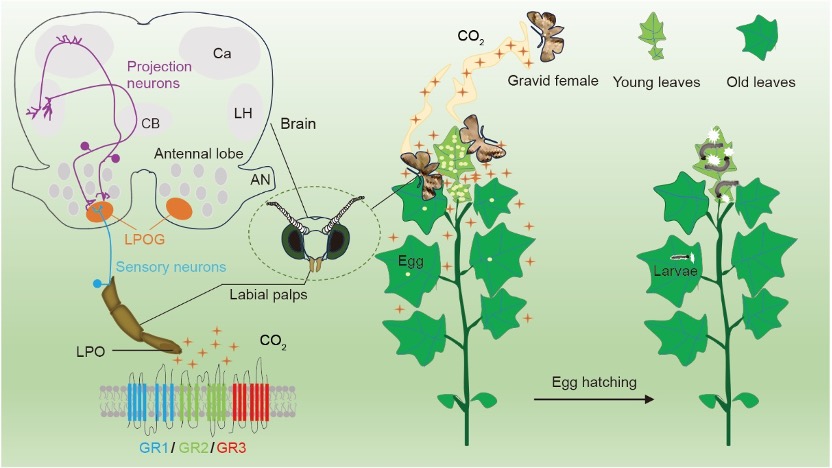
-
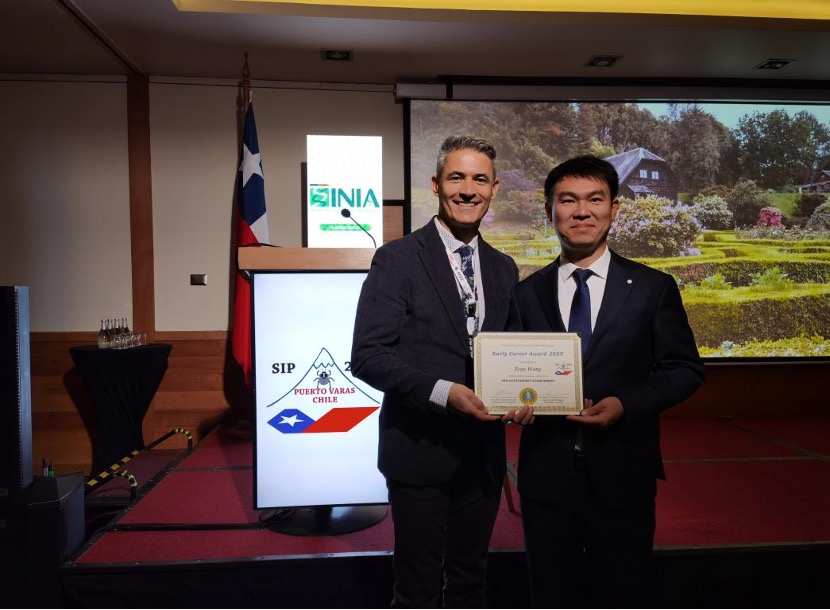 IPPCAAS Expert Wins the Society for Invertebrate Pathology Early Career Award
IPPCAAS Expert Wins the Society for Invertebrate Pathology Early Career Award -
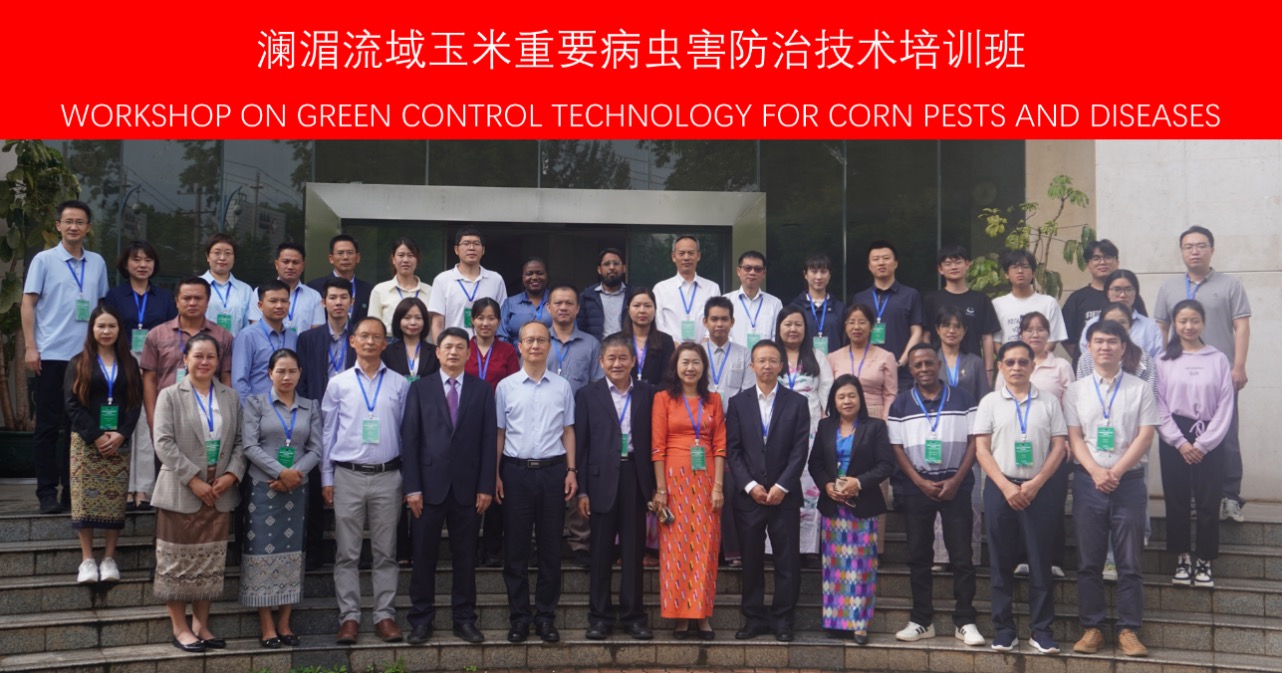 Workshop on Green Control Technology for Corn Pests and Diseases in the Lancang-Mekong Region successfully held in Kunming
Workshop on Green Control Technology for Corn Pests and Diseases in the Lancang-Mekong Region successfully held in Kunming -
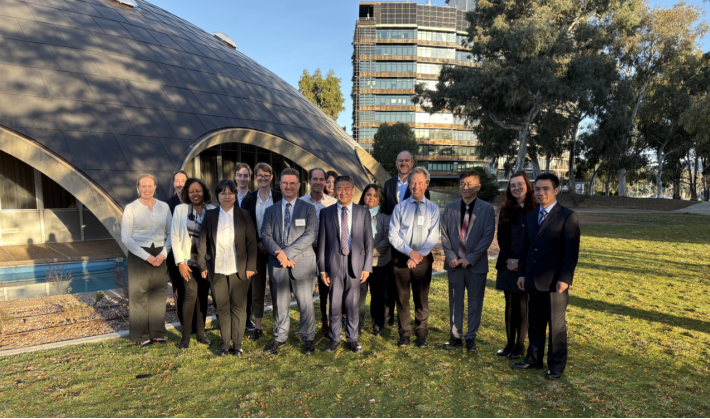 IPPCAAS Experts Visit Australia to Promote In-Depth China–Australia Cooperation in Plant Biosafety
IPPCAAS Experts Visit Australia to Promote In-Depth China–Australia Cooperation in Plant Biosafety -
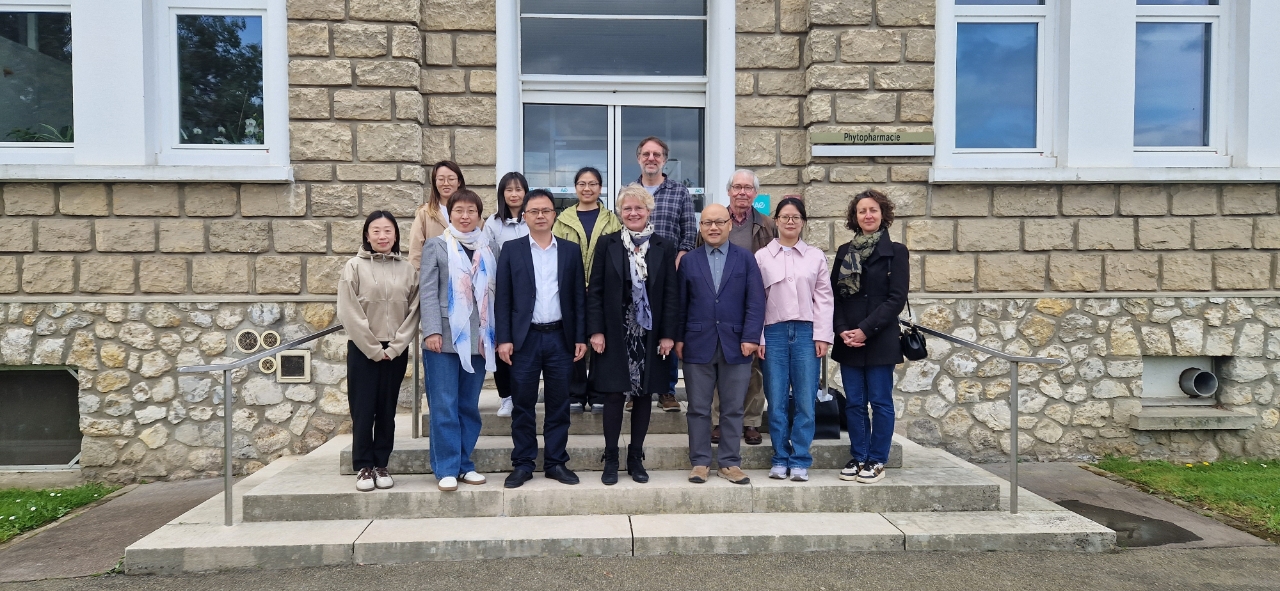 China-France cooperation in plant protection was further strengthened
China-France cooperation in plant protection was further strengthened
